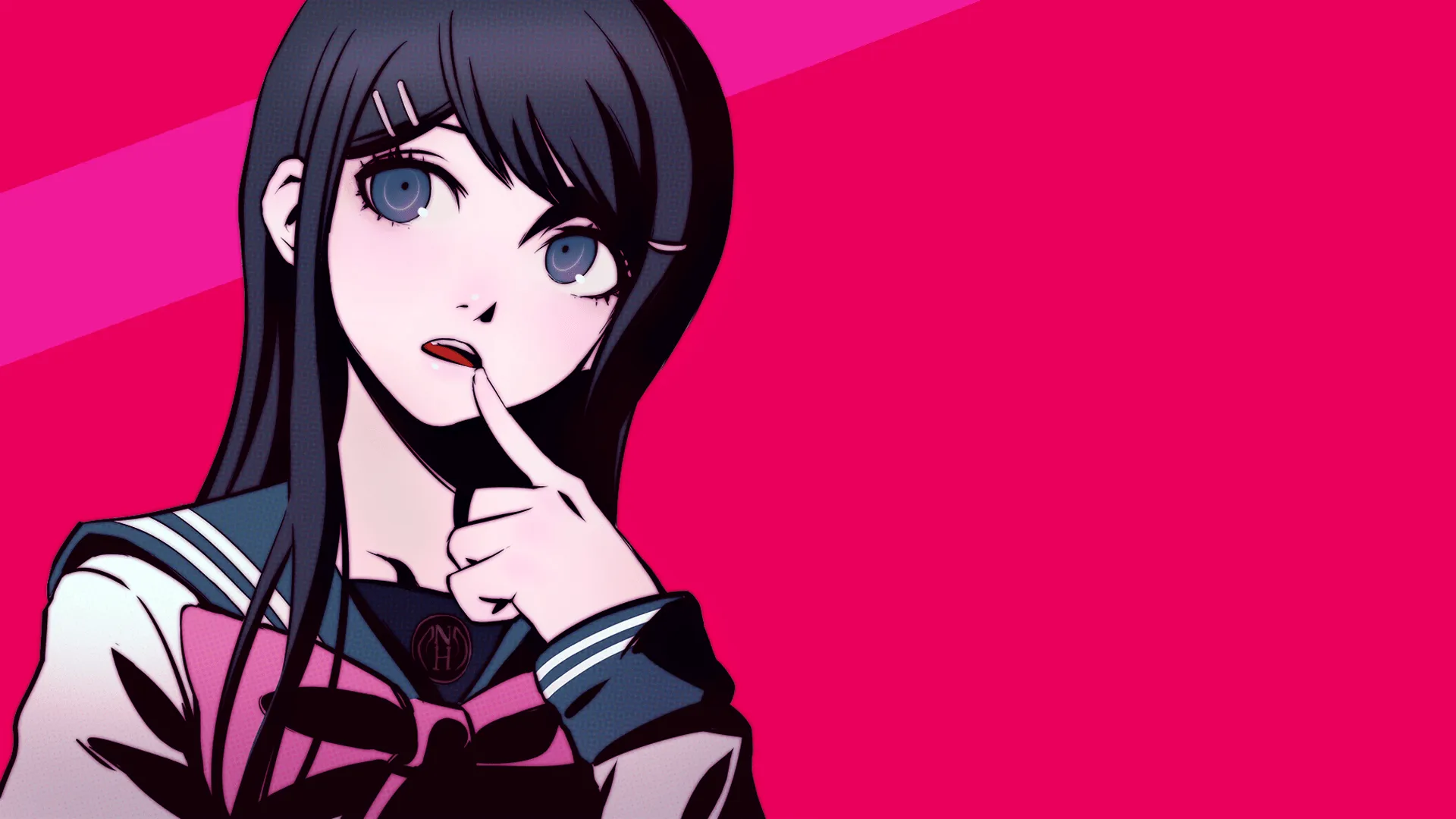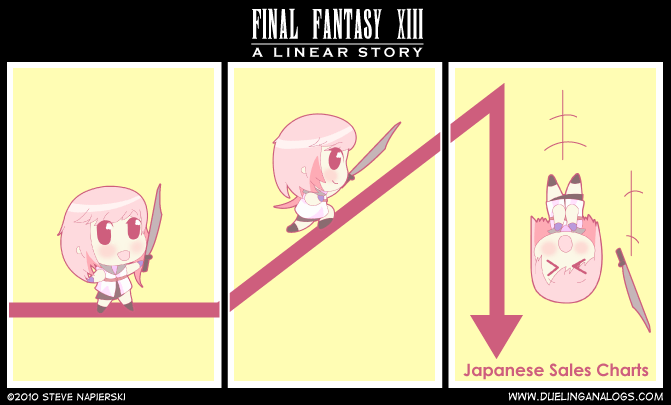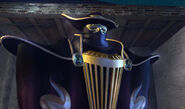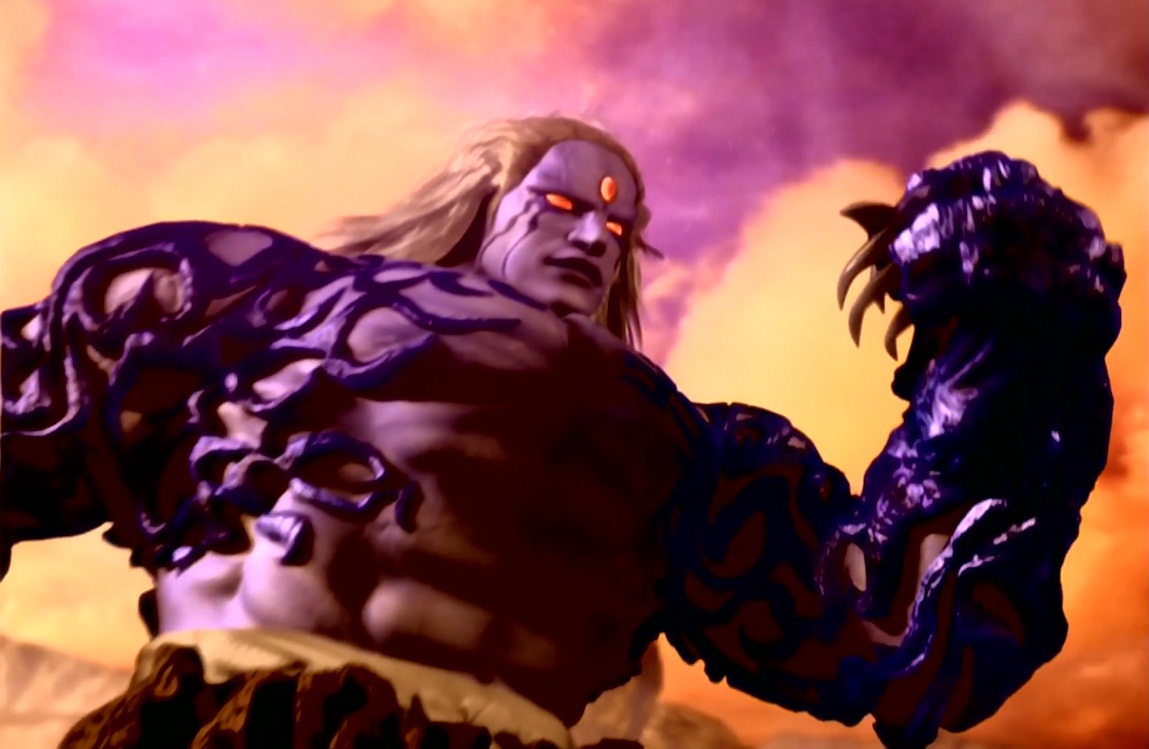I love my
game collection. All told, I’ve probably
got over 300 game discs, cartridges, and the like. Even more if you think about my collection of
digital games. But…are the games I “own”
online really mine? For that matter,
digital distribution brings up a whole slew of issues that I think need to be
addressed, especially in light of the idea that companies are no longer selling
games but “licenses” to play games. This
may be a newsflash to some game companies…but that is one of the worst ways to
market your games.
I’ve grown
to be quite fond of Steam and Good Old Games or GOG, in recent years and I
think digital distribution can do wonders for bringing games to the
masses. That said…well, let me run a
quick scenario by you. Picture this:
It’s long after society has ended and you’re holed up inside a tiny shack
that’s about to be overrun by mutated humans and all you’ve got with you is a
tiny generator, a TV, and enough gasoline for an hour of power. If you still had a physical copy of Super
Mario Bros and an NES, you could still get in one or two last speed runs before
the end. If you’d only bought digital
games though, you’d be screwed, since the servers would have all collapsed. This leads me to my first major issue with
digital distribution services like Steam and GOG. Server issues.
 |
| The best in digital distribution of video games |
I’m not referring to the kind of
server issues such as overcrowding with Diablo 3 or cheaters on Battlefield
3. I’m actually referring to the fact
that when an online game server is taken down because it’s no longer profitable
or active enough to make money the entire game becomes unplayable and all the
hours and investment players have put in amounts to naught. Ironically, this is an issue I have already
discussed at Suite101, which can be found here.
So, rather than repeating myself, I’ve decided to delve into a deeper
issue with severs that actually worries me a great deal and which not many
people have addressed. The servers that
handle digital distribution.
 |
| Annoying, but not what we're talking about this time |
I love Steam and I’m not the only
one. It’s a platform for indie game
developers to make a tidy profit off their work without having to bend over
backward for corporate approval. The
frequent Steam sales are great for promoting lesser known games and DLC. The ability for the service to remember games
also helps with computer space as players can always delete a game they’ve
beaten then re-download it later if they’re short on disc space. Steam is a fantastic service that caters to
its customers and has earned their loyalty because of it. However…what happens when the servers go
down?
I may be a big proponent of Steam,
but I’m not so arrogant as to say that Valve and Steam will be around
forever. Someday they may go bankrupt,
retire their service, or become subsumed by a larger corporation that wants to
axe the gaming division. All of these
are real possibilities. Or worse yet,
there could be an act of cyber terrorism or a massive power failure which wipes
out their servers. So…if that ever
occurs, what happens to the hundreds, nay, thousands of dollars that Steam
patrons may have put into the service?
How will Valve know who has bought what?
How can people redeem their games if they’re no longer remembered? And since a lot of Steam games require a
connection to the Steam servers to update or play, this could leave people who
still have games downloaded unable to play games they’ve paid for. It’s a real issue that very few people seem
to have addressed at length. It covers
the idea of owning a digital game and just what rights we have as consumers.
 |
| Well, at least Steam makes you FEEL like you own your digital games... |
I’m not trying to say Valve is at
fault with this or that they’re unprepared.
Knowing Valve and their record of customer service, they probably have
backup files to know which users bought what and will reimburse them if any
calamity happens. However…Steam isn’t
the only game in town for digital distribution and re-downloadable titles. EA’s Origin, GOG, Nintendo’s virtual console,
the PSN, and dozens of other smaller stores employ a similar model to
Steam’s. Are they prepared for the
worst?
Society keeps pushing towards
digital distribution and live streaming of almost all our media and people like
David Jaffe have gone on record stating that within the next ten years, video
game consoles will be obsolete and all games will be streamed through computers
or televisions. While this does, on
paper, seem like a great thing, I question the server issues. Digital distribution means cheaper games,
more space, and the possibility of no longer needing top of the line computers
or consoles to actually play games. It
could revolutionize the gaming world.
But what happens when the servers crash?
Will we lose everything? Will we
be reimbursed? These are real issues
that some companies need to think about.
 |
| Behold digital distribution. The future of gaming. |
I’m not
saying that people need to be sent out an annual ticket with all the games
they’ve bought up to that point so that they can redeem it in case of a
disaster, as that could lead to dishonest practices amongst consumers, but
there are alternatives. Linking up these
digital distribution sites to email, facebook, twitter, or the like could
guarantee that there are multiple records on file for emergencies. There is also some merit in old fashioned
printed records which are not in danger of being destroyed by cyber terrorism
or the like.
These issues I’m bringing up will
crop up sooner or later on a massive scale, such as the disaster Sony faced
when they were hacked by Anonymous, and companies need to be prepared. Some publishers might see such an incident as
free money, as thousands if not millions of players would have to re-buy their
favorite games. But if they don’t feel
like they own them, they probably won’t buy them again. And worse, they won’t trust the publisher
enough to buy any of their future games.
This will hurt the industry as a whole and in order to advance into the
age of digital distribution, publishers and developers need to stop looking at
games as “theirs” which they are selling the license to use. Because if they don’t they’re not going to
scare off pirates, win new customers, or retain their consumer base. They’re going to create a new generation of
people who distrust the publisher and feel it is their right to pirate a game
simply because they’re going to be screwed out of their money eventually.
 |
| Yeah, EA? Being evil and corporate is all well and good, but if you're not gonna value you your customers, you won't survive. |
Before I finish
up my thoughts on this topic, I’d like to explore one more issue in
relationship to digital ownership. You
see, most people view games that they’ve paid for as theirs and feel justified
in having access to them at all times and control over how they are used. So, when someone throws in the towel with
gaming, they don’t usually don’t want to be left with a bunch of games they’ll
never play. In that situation, what can
people do with their games?” Well, if
they have a storage room of game cartridges or discs, they can sell them
online, give them to friends, bequeath them to their children, etc. So…what happens with the digital games
someone “owns” if they decide they want to quit gaming? Can they resell them? Probably not.
Get trade in credit towards the Steam store or its equivalent? Again, also probably not since digital copies
are able to be made with the press of a button rather than having to deal with
the manufacturing process which is expensive and has made used games such an
appealing proposition. This hurts the
idea of ownership, perhaps even more so than server issues, even if it might be
far less widespread.
This issue
will inevitably need to be resolved, since not all gamers stay gamers until the
day they die. And many will want to find
a way to deal with all their games that they have paid for when the time to
stop playing rolls around. Companies who
can figure out a solution to this will likely hold customers in the palm of
their hand and foster a fiercely loyal consumer base. For example, if a grandfather decides to
close out his Steam account for good and asks that his games be distributed to
his family and friends, Steam should comply since at one point, the games were
paid for and if he closes his account he can’t play them anymore anyway. Likewise, if a person decides they want to
sell the games they have stored on Steam, Steam should let them. It can take a portion of the profit,
certainly, but it would be a way to give more control to the consumers, and
give more money back to gamers who have grown tired of gaming or have little
money to begin with.
 |
| Gamers won't be gamers forever. What happens when Grandma wants to put the wiimote down? |
Control is the name of the
game. And I have a feeling that Valve
will be leading the charge in this area.
It’s similar to other gamers who don’t want to pay for a re-release of a
game they already own simply because their new console isn’t backwards
compatible. They want to save money and
have control over their own games.
Resolving the issues of ownership alongside the server issues will be
the biggest hurdle, I believe, to the oncoming age of digital distribution. And this issue can’t be swept under the rug
or hidden within a service agreement for the digital service. If companies start doing that, gamers will
take notice and they will abandon the service in droves.
The advent
of digital distribution was slow in coming over the world, but it has become
far more prolific in recent years and new services are being created everyday
to offer digital games and movies that can be sold to people everywhere. However, issues like those I’ve mentioned
above are in the long term and don’t seem to be addressed by mainstream
gaming. The idea that someday Steam
could go down and I could lose all my games terrifies me. And the thought that someday I might want to
bequeath my games to my kids from Steam but that they won’t just to squeeze a
few extra dollars out of me(which I doubt Steam would do, but just saying)
enrages me. These kinds of down the line
issues need to be addressed sooner rather than later, as gamers are getting
older and digital distribution is becoming more prevalent by the day. I’m not going to say that none of these
issues have been tackled yet, as I don’t know what goes on in Valve, EA, GOG,
or the like behind closes doors, but it seems like its received scant
publication, so…this is my contribution to the server issue and the idea of
owning a digital game. I hope it gives
people both inside and outside the industry something to think about.
Once again, the images used here were collected around the
internet. If anyone is offended or
dissatisfied with how I have used their images, please let me know and I will
take them down immediately.


















